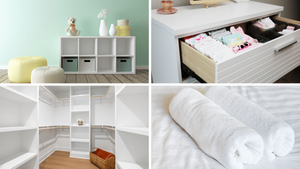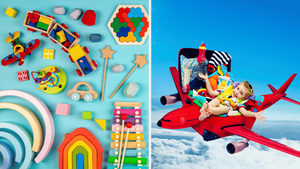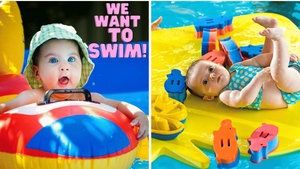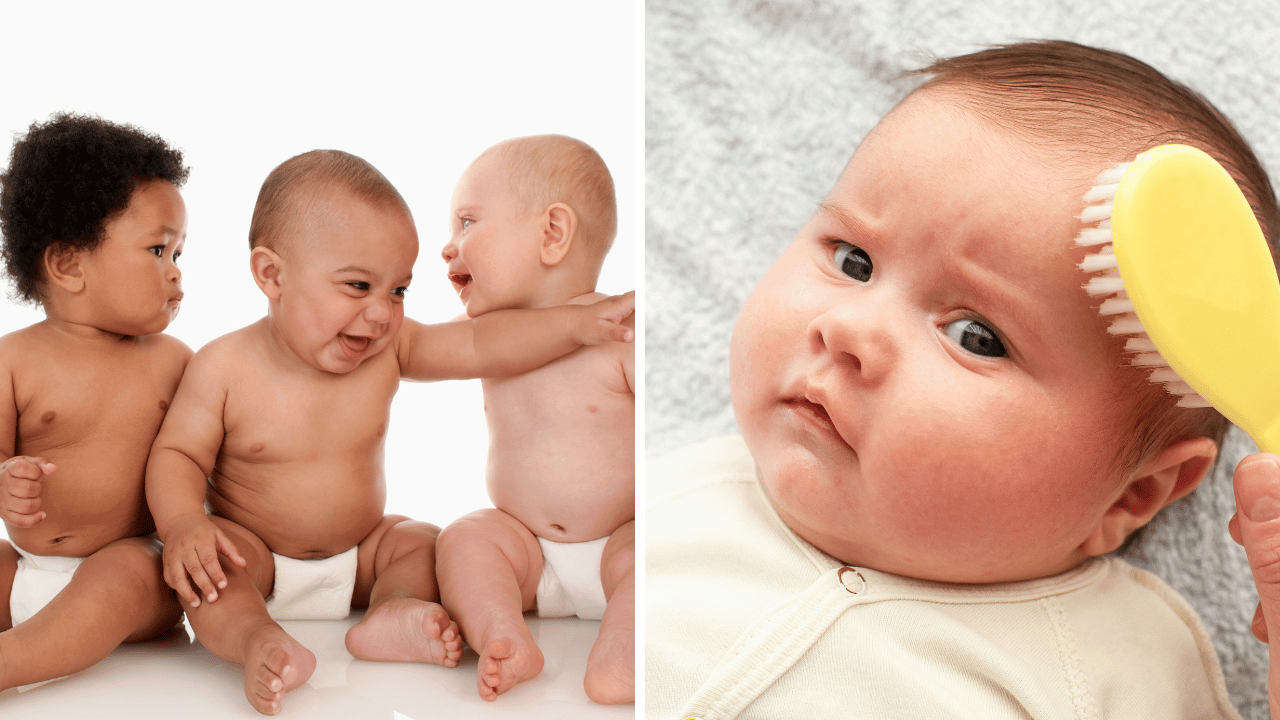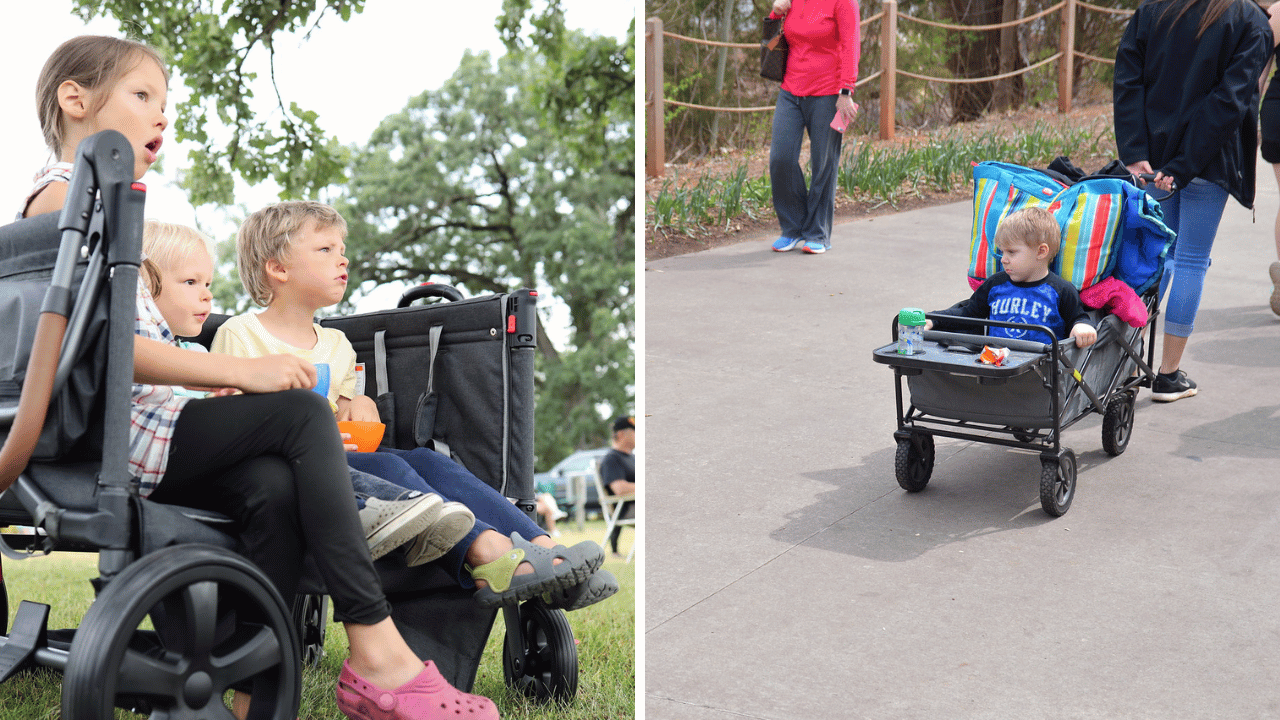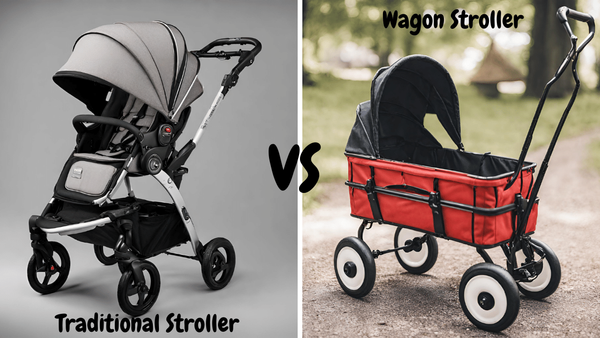Play is an essential aspect of infant development, fostering cognitive, physical, and emotional growth. From the moment they are born, babies are wired to learn and explore the world around them through play. As parents, it is crucial to provide infants with toys that are not only safe but also stimulate their senses and aid in their overall development. In this article, we will delve into the importance of play in infant development and explore the different types of toys suitable for infants aged 0-3 months.
The Importance of Play in Infant Development:
Play is not merely a form of entertainment for infants; it serves as a building block for their growth and development. Research shows that play helps infants develop their imagination, motor skills, cognitive abilities, social skills, and emotional wellbeing. Through play, babies get to explore their surroundings, interact with objects, and engage their senses in various ways. It allows them to learn about cause and effect, practice hand-eye coordination, enhance problem-solving skills, and develop their creativity.
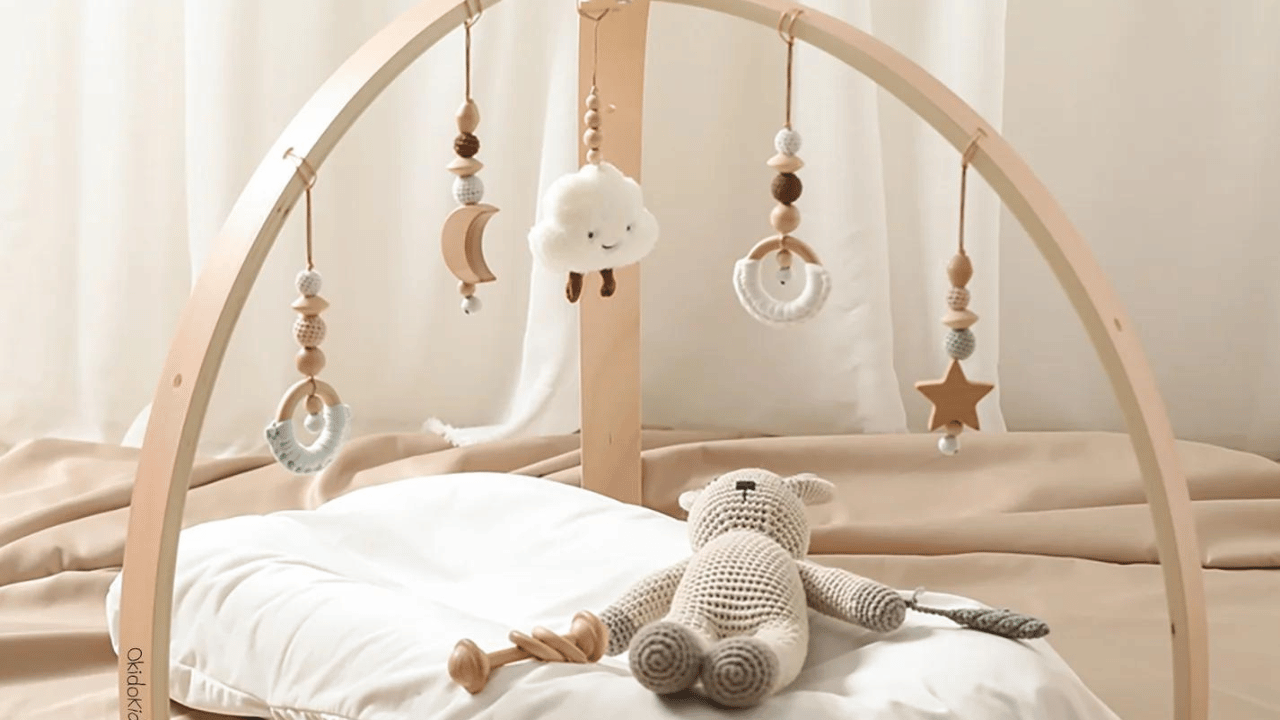
Types of Developmental Toys for Infants:
When it comes to toys for infants aged 0-3 months, there are a few main types that can really help foster their development.
Rattles and Grasping Toys: Rattles and grasping toys are perfect for infants aged 0-3 months. These toys help babies improve their grip strength, enhance hand-eye coordination, and develop their fine motor skills. The gentle sound produced by rattles also stimulates their auditory senses.
Mobiles and Crib Toys: Mobiles and crib toys provide visual stimulation for infants. Colorful and engaging mobiles hanging above the crib encourage infants to focus their gaze, track moving objects, and develop visual tracking skills. Soft and plush crib toys can be a source of comfort and companionship for babies.
Mirror Toys: Mirror toys reflect back the baby's image, captivating their attention and promoting self-awareness. Infants love looking at their own reflection and imitating facial expressions, which aids in the development of social and emotional skills.
Soft and Textured Toys: Soft toys with different textures offer sensory stimulation for infants. They can explore the tactile sensations by touching, squeezing, and rubbing these toys. Soft toys also provide comfort and a sense of security.
High-Contrast Visual Toys: Infants have limited vision in the early months. High-contrast visual toys, such as black and white or brightly colored books, cards, and toys, capture their attention and help develop their visual perception and tracking skills.
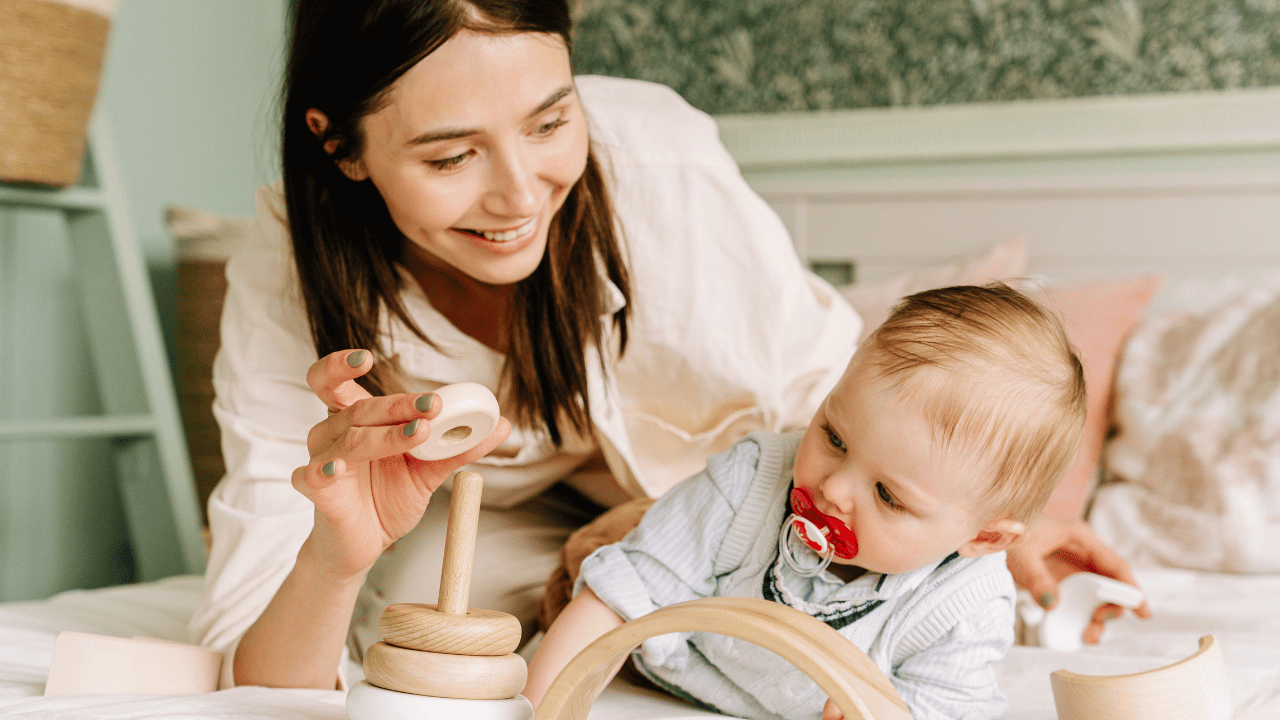
Choosing the Right Toys and Engaging in Play:
When selecting toys for infants aged 0-3 months, safety is of paramount importance. Always choose toys that are free from small parts, sharp edges, or loose strings that could be potential choking hazards. Additionally, opt for toys made from non-toxic materials and have passed safety standards.
Here are some tips for engaging infants in play:
- Create a safe and stimulating play environment free from distractions.
- Interact with your baby during playtime by talking, singing, and making eye contact.
- Follow your baby's cues and allow them to explore toys at their own pace.
- Incorporate tummy time into play sessions to help develop core muscles and motor skills.
- Rotate toys regularly to keep playtime engaging and exciting.
Fun Facts and Statistics:
- Did you know that infants who engage in regular play have been found to have higher levels of cognitive development?
- Research shows that play helps babies develop their problem-solving skills, creativity, and self-expression.
Different Categories of Toys, Including Sensory, Tactile, Cognitive, and Physical Toys
When it comes to choosing the right toy for your baby's development, it's important to be aware of the different categories of toys. There are sensory, tactile, cognitive and physical toys that can help foster all aspects of your infant's growth.
Sensory Toys: Sensory toys are great for introducing babies to new sounds, smells and textures. These type of toys can help stimulate tactile and visual perception, as well as encourage exploration and discovery.
Tactile Toys: Tactile toys are great for helping babies explore different textures, shapes, and sizes in a safe environment. This type of toy often provides sensory feedback that helps babies become familiar with their own bodies.
Cognitive Toys: Cognitive toys are great for helping infants learn about the world around them through cause and effect. These type of toys also help babies practice visual perception, hand-eye coordination, as well as other cognitive skills.
Physical Toys: Physical toys are great for encouraging gross motor skill development in a fun way. These type of toys often involve items that require movement such as pushcarts or pull-apart toys.
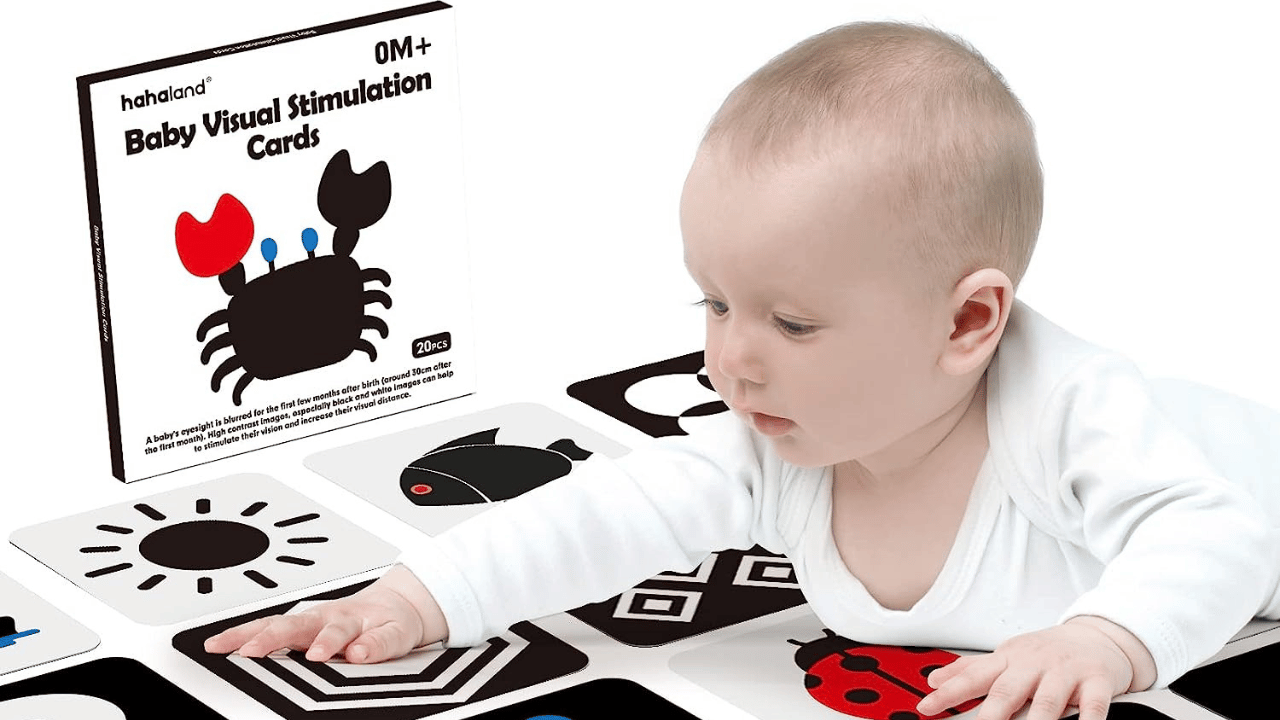
Specific Toys Within Each Category That Are Age Appropriate For 0-3 Month Old Babies
When it comes to specific toys, there are several great options for infants aged 0-3 months.
Sensory Toys: Baby chains, rattles, and textured teethers are all great sensory toys for this age group.
Tactile Toys: Soft books, shape sorters and board books are all fantastic tactile toys that introduce different textures and shapes.
Cognitive Toys: Activity cubes and push-along toys are great cognitive toys for this age group.
Physical Toys: Pull-apart toys, rockers and crawling tunnels are all excellent physical toys that encourage gross motor skill development in a fun way.
Provide Tips On How To Choose the Right Type of Toy For Your Baby
When choosing the right toy for your baby, it's important to keep a few things in mind. Firstly, make sure the toy is age appropriate for your baby. This means reading labels and instructions carefully to ensure the product is safe.
Secondly, select toys that don't require too many steps or complicated instructions – as babies at this age are still learning the basics of grasping and manipulating objects. Lastly, look for toys that can be taken apart and used in different ways. This will help your baby explore their environment in a creative way.
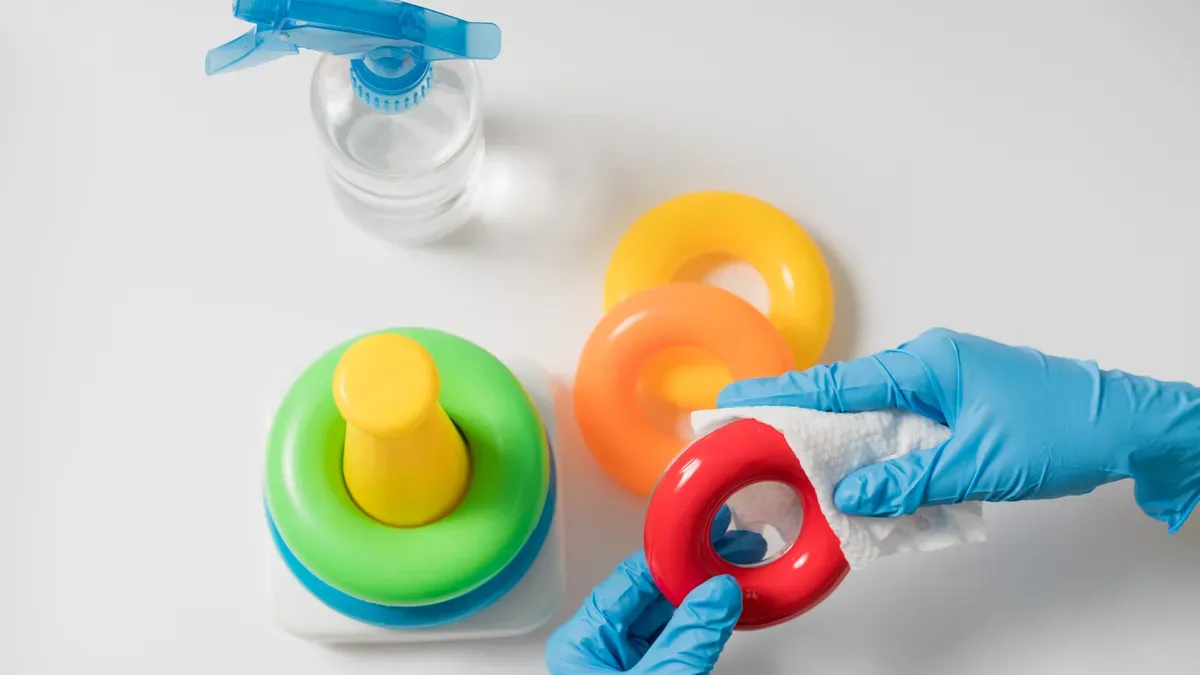
Cleaning and Maintaining Infant Toys:
To ensure the longevity of your infant's toys, it is important to keep them clean. Here are some practical tips for cleaning and maintaining toys:
- Follow the manufacturer's guidelines for cleaning each toy.
- Use mild soap and warm water to clean toys that are safe for water exposure.
- For soft toys, wash them in a laundry bag or pillowcase on a gentle cycle and allow them to air dry.
- Regularly inspect toys for any signs of wear and tear and discard damaged toys immediately.
Summarize the Key Takeaways and Provide Resources For Further Research
In summary, the importance of play-based learning for young infants cannot be overstated. Selecting the right toys in the early stages can have a lasting impact on their development, helping nurture cognitive, sensory and physical growth.
Toys that stimulate interaction and exploration – such as textured teethers, light up musical rattles, educational activity books, soft toys and other interactive items – are great ways to introduce your baby to the world.
When selecting toys for infants aged 0-3 months, make sure they're age appropriate and easy to use. Also, look for toys that can be taken apart and used in different ways to further encourage exploration.
Toys For Infants 0-3 Month Old FAQs
Can toys help babies develop?
Yes, toys can have a positive influence on a baby's development. Playing with age-appropriate toys helps foster sensory, cognitive and physical growth in infants aged 0-3 months. Toys that stimulate interaction and exploration – such as textured teethers, light up musical rattles, educational activity books, soft toys and other interactive items – are great ways to introduce your baby to the world.
What types of toys are best for babies aged 0-3 months?
When it comes to toys for infants aged 0-3 months, there are several main types that can help foster their development. These include textured teethers, light up musical rattles, educational activity books and soft toys. Each type of toy has its own unique features that can help stimulate different aspects of growth.
What are some tips for selecting the right toys for my baby?
When selecting toys for your baby, it's important to keep a few things in mind. Firstly, make sure the toy is age appropriate for your baby – reading labels and instructions carefully will help ensure the product is safe. Secondly, select toys that don't require too many steps or complicated instructions – as babies at this age are still learning the basics of grasping and manipulating objects. Lastly, look for toys that can be taken apart and used in different ways. This will help your baby explore their environment in a creative way.
Final Thoughts
Play is a crucial aspect of infant development, aiding in the growth of their physical, cognitive, and emotional abilities. By providing infants with age-appropriate toys, parents can foster their overall development and create meaningful bonding experiences. Remember to prioritize safety, choose toys that stimulate their senses, and actively engage in playtime with your baby. With the right toys and nurturing environment, you can lay a solid foundation for your infant's future learning and growth.
References:
- The Importance of Play in Promoting Healthy Child
- [Benefits of Play and Learning Activities in Early Childhood](https://www.parentingforbrain.com/benefits-play-learning-activities-early-child


